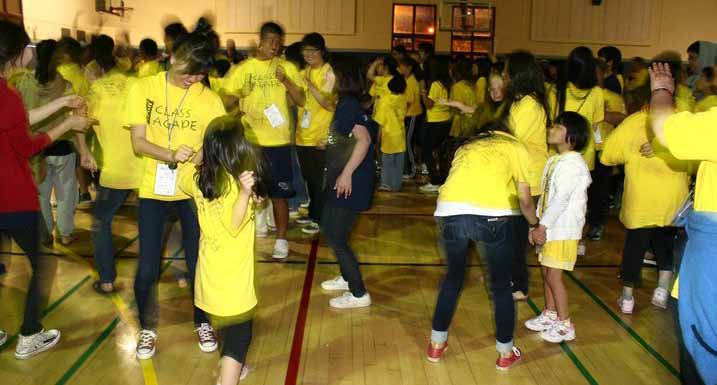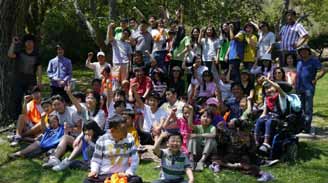Developmental disabilities are psychological patterns that induce behavioral changes that does not follow normal developmental patterns in a person. The causes for these changes are not completely documented, but there are a vast amount of theories from a myriad of different study fields. Due to its widespread nature, there has been ongoing research into various treatments to help strengthen those with autism. Many organizations have been formed to spread awareness and to educate society about those with these types of disabilities. Milal Mission is one of the organizations that was established to support those with disabilities by helping those with autism develop in a way so that they may integrate with others.
Milal Mission is a home away from home for its members. Volunteers come out to help teach and interact with their “students” in order for them to grow into strongwilled and capable individuals. The schedule consists of various activities that cover a spectrum of different mechanics. For example, there are physical education and arts-and-crafts classes help with gross motor skills, such as coordination, when undergoing physical activities and fine motor skills, such as precision, when coloring drawings or copying down the alphabet. Students are also taught dances or musical pieces for special occasions such as festivals or camps. Learning both music and dance helps in learning or improving memory recall, which is an example of development of temporal sequencing. The students who attend Milal all have their strengths and weaknesses in different areas. not one child or adult is the same as another. There are activities that one can do better and some where others do better. The same concept is applied to the disabilities that the students have. There are many differences between the widely known Autism and Down syndrome. however, a majority of society would not see it this way. This is because generalizations are made because of the lack of knowledge society may have regarding special needs individuals. Once distinctions are made between the disabilities of the students, it is clearer to see which traits of a student are stronger or weaker than others
|
Autism is a worldwide neurological disorder usually characterized with problems with communications, behavioral problems, and hardships with social interaction. As of 2011, the Centers of Disease Control and Prevention (CDC) has recorded that autism is prevalent in around 20 children per 1000 will be diagnosed with a form of autism. Signs of autism show before age three and continue to last throughout one’s life. People with autism display low levels of social development such as communication. They fail to respond to others and have a difficult time expressing themselves. Most autistic individuals do not develop linguistically so they try to communicate through motions that attune to specificthings or a form of babbling as they try to vocally express themselves. But once a connection is made, autistic individuals can display large amounts of affection to caregivers whom they can express themselves to. Although unable to express themselves fully, those with autism show heightened perception and attentiveness which helps them in visual and physical learning.
For more information on Milal Mission and volunteering opportunities, please visit http://english.milalmission.com/ (email: info@milalmission.com / 714-522-4599) |



